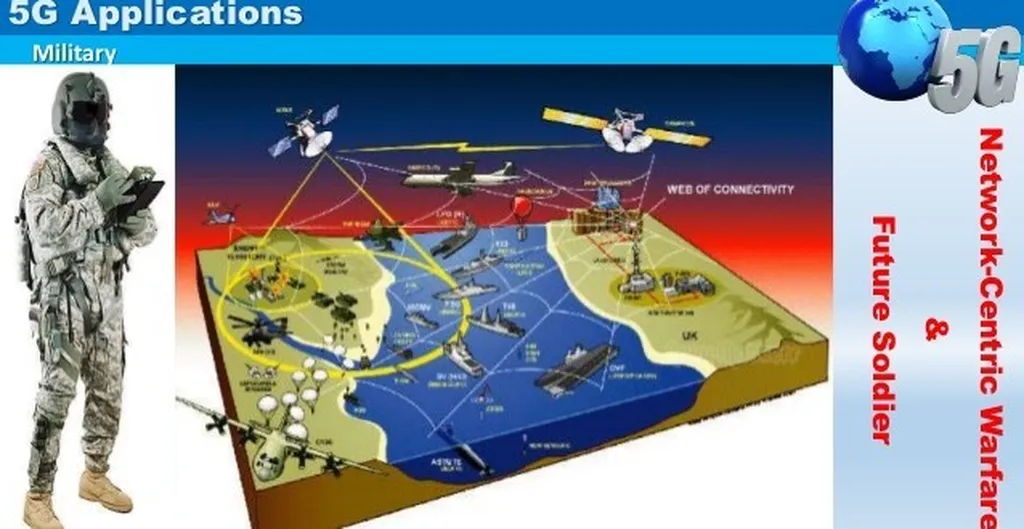Researchers Tan Le and Van Le, affiliated with a leading defence and telecommunications research institution, have developed a novel approach to enhance the coexistence of military radar systems and commercial 5G networks. Their work focuses on dynamic interference suppression, a critical challenge as both high-priority defence systems and low-priority civilian communications vie for spectrum space.
The researchers propose a full-duplex underlay cognitive radio network for 5G communications, where multiple relays simultaneously receive signals from a source and transmit them to a destination. This setup aims to improve 5G network performance while minimising interference with military radar operations. By employing both non-coherent and coherent relay cases, the system dynamically allocates power and selects relays to optimise performance.
A key aspect of their research is the formulation of an optimisation problem that maximises the system rate while adhering to power constraints at 5G users and interference thresholds at radar systems. The mathematical model they developed evaluates rate performance, accounting for self-interference at relays. Their algorithms for joint power allocation and relay selection demonstrate significant performance gains, particularly in coherent relay configurations compared to non-coherent ones and existing single-relay selection methods.
The practical applications of this research are substantial. Military radar systems, which are essential for air defence, missile tracking, and surveillance, often operate in the same frequency bands as commercial communications. As 5G networks expand, the risk of interference increases, potentially degrading radar performance and compromising national security. By implementing dynamic interference suppression, defence and telecommunications sectors can coexist more effectively, ensuring both military readiness and civilian connectivity.
The findings also highlight the importance of coherent relay systems, which offer superior performance over non-coherent alternatives. This insight could guide future investments in relay technology, ensuring that defence and commercial systems remain compatible as telecommunications evolve.
As defence and civilian technologies continue to converge, research like this will be crucial in shaping policies and standards that balance national security with technological progress. The work of Tan Le and Van Le not only advances the field of interference suppression but also underscores the need for continued innovation in defence and telecommunications. Read the original research paper here.

